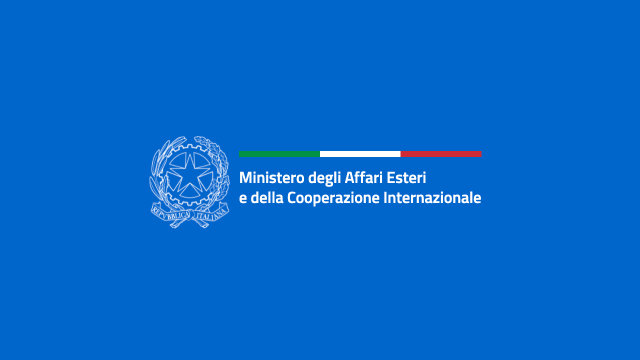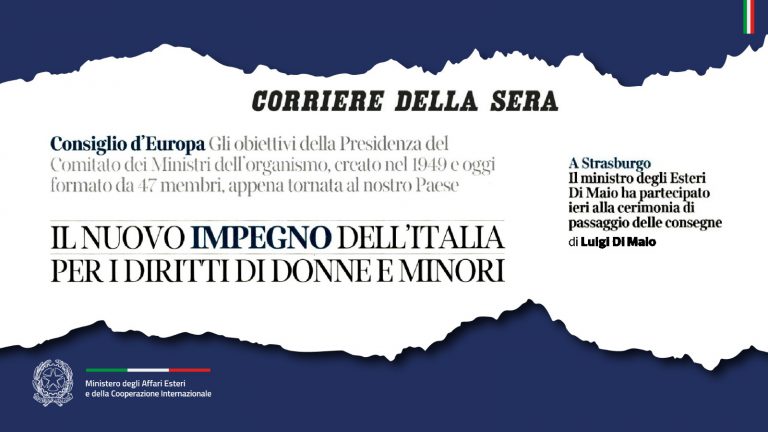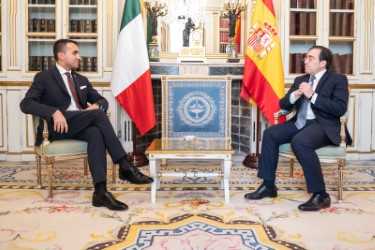Italy’s rotating Presidency of the AII (Adriatic and Ionian Initiative) and of EUSAIR.
On 1 June 2017, Italy took over the rotating Presidency of the Adriatic and Ionian Initiative and of the EU Strategy for the Adriatic and Ionian Region (EUSAIR), which will end with the Ministerial Meeting and with the EUSAIR Forum scheduled for 24-25 May 2018 in Catania.
The Adriatic and Ionian Initiative (AII) is a forum of political dialogue which began in Ancona in May 2000. It currently counts on 8 Participating Countries: Albania, Bosnia-Herzegovina, Croatia, Greece, Italy, Montenegro, Serbia, and Slovenia. Upon the decision of the Initiative’s 8 Participating Countries, since June 2008 Ancona has been the headquarters of the Permanent Secretariat of the Initiative, which is directed by Ambassador Castellaneta and has received the support of the Marche Regional Council, the Municipality of Ancona and the Ministry of Foreign Affairs and International Cooperation through the “Foundation for the Permanent Secretariat of the Adriatic and Ionian Initiative (AII)”, which was established in Ancona in December 2010.
The decision-making body of the Adriatic and Ionian Initiative is the Council of Foreign Ministers, which convenes annually. The AII also has an assembly format structured in the form of ad hoc Conferences of the Presidents of Parliaments and Parliamentary Delegations.
In the last few years, the AII has consolidated its intergovernmental profile and its role in the EU accession process of non-EU AII Countries. It plays an intergovernmental anchor role in the “EU Strategy for the Adriatic and Ionian Region”, which has translated into its crucial contribution in drafting the Strategy itself and in its adoption by the European Council on 24 October 2014, under the Italian 6-month rotating presidency of the EU Council.
Promoted by Italy ever since 2010, the EU Strategy for the Adriatic and Ionian Region unites 8 Participating Countries (4 EU: Italy, Slovenia, Greece and Croatia; and 4 non-EU: Albania, Serbia, Bosnia-Herzegovina and Montenegro), which are the same members of the Adriatic and Ionian Initiative (AII).
The Strategy has a strong political significance for the Countries involved and for the very EU: although it does not envisage dedicated funds or additional agencies, it aims to systematize available resources (at European, national and regional level) by giving impulse to both the European integration process of the Balkan Countries (by fostering cooperation on converging policies) and to make better use of EU and national funds. The Strategy’s priority sectors are four: fishing and the blue economy, infrastructure and energy, the environment, appealability (tourism and culture).
The Strategy is in the implementation phase and is characterised by an articulate and complex governance system. Italy is strongly committed to identifying a number of priority projects (in particular in the energy and transport sector) and in seeking the funds needed to implement them. In addition to a number of meetings and events that will end with the Ministerial Meeting in Catania on 24-25 May, the Italian Presidency of the AII and of the EUSAIR has on its agenda: enhancing the ownership of EUSAIR participating states, strengthening the strategic interconnectivity sector, enhancing dialogue and the possible harmonisation of EUSAIR with other national and European territorial cohesion programmes through EU structural funds, improving the Strategy’s governance system and focusing attention on managing the migration phenomenon.
The Strategy benefits from the over decade-long experience in the Adriatic and Ionian intergovernmental Initiative, which is already capable of creating strong ties between participating countries as well as regional spin-offs through cooperation between cities, chambers of commerce and universities. In addition to developing specific projects for different areas of cooperation (tourism, the environment, education, culture), the AII is a reference point for civil society organizations operating in the Adriatic and Ionian region. In this context, it coordinates with local authorities and with Adriatic-Ionian networks and fora (Forum of the Chambers of Commerce; Forum of Cities; UniAdrion-University Network).
More information on the AII is available at the following link: www.aii-ps.org
More information on the EUSAIR is available at the following link: http://www.adriatic-ionian.eu/



